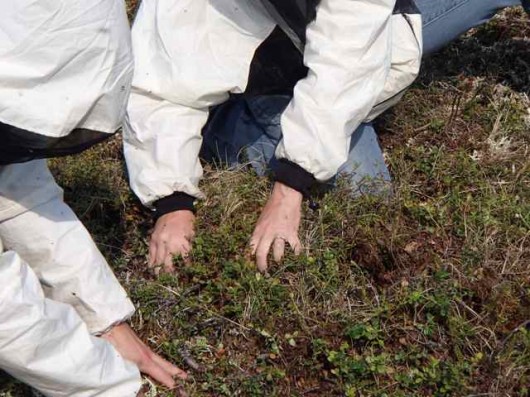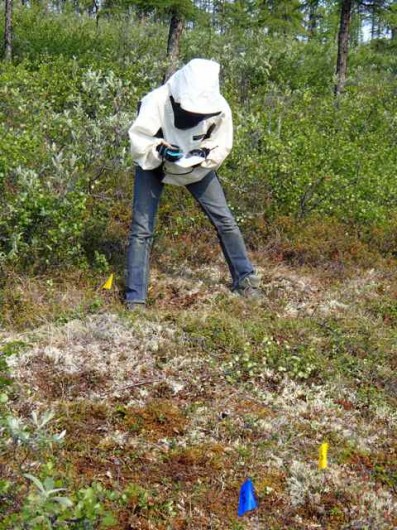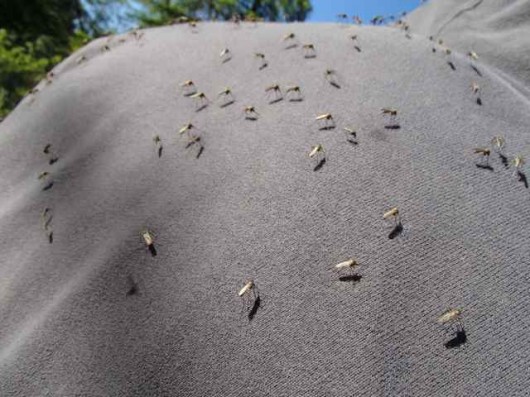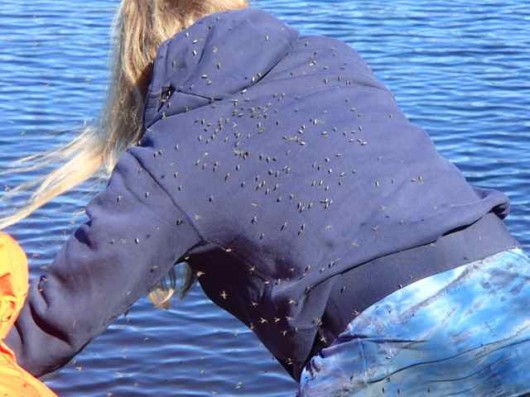(This post is by Mark Paricio, a PolarTREC teacher accompanying the Polaris Project this year.
To read all of Mark’s posts, go to: http://www.polartrec.com/expeditions/siberian-arctic-systems-study )
In field science, some things are hands-on; others should be left alone.
Moss Fluffing – It’s the newest scientific terminology!
You may ask yourself, “What is moss fluffing?” Today, Dr. Heather Alexander of the University of Texas at Brownsville, may have created the newest term in field science. In order to promote the complete burning of the soil organic layer (the living and nondecomposed vegetation on the surface of the soil) and increase the severity of the fire in some of her experimental fire plots, Heather and her team literally fluffed up the moss on selected plots. This action helped promote the drying of the very wet soil organic layer by exposing it to the warm air of a beautiful day at the Northeast Science Station in Cherskiy.
I had the opportunity to get my hands dirty helping and I don’t think I’ve had that much fun since playing in the sandbox as a child. Moss fluffing feels like giving the ground a really good back rub. However, her method was ingenious and did worked well to start the drying process so that less fuel would be needed for extreme severity fires.
Before this disturbance, Dr. Sue Natali of the University of Florida made a final comprehensive survey of the percent coverage of each of the 16 plots involved in the experimental burn research project. (Please see my journal of July 3 for an explanation of this project.)
I look forward to watching the experimental burns tomorrow, weather permitting.
Mosquito Watching
Unlike moss fluffing, mosquito watching is better done with gloves on! Although it may seem that the mosquitoes are overwhelming, with the right gear and taking care to keep doors and windows closed, they really become just a background noise (pun intended) and not a big factor to our science.
Here are some fun pictures from yesterday:
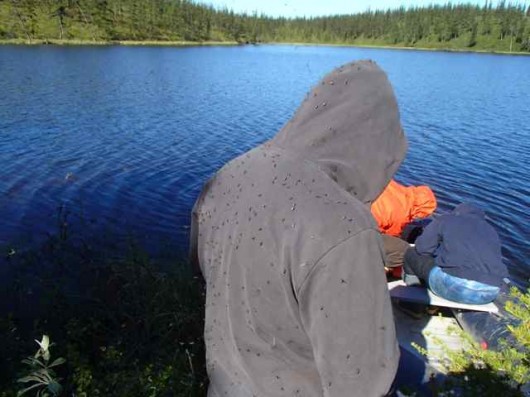
Alfonso Dominguez of Northern Arizona University watches Sam Berman and Dr. Karen Frey of Clark University prepare a sampling raft on Shuch’ye Lake.
Don’t let the little things get in the way of finding the big science picture!
Stay curious my friends! – Mark Paricio

